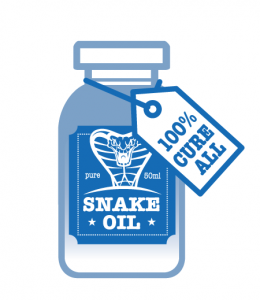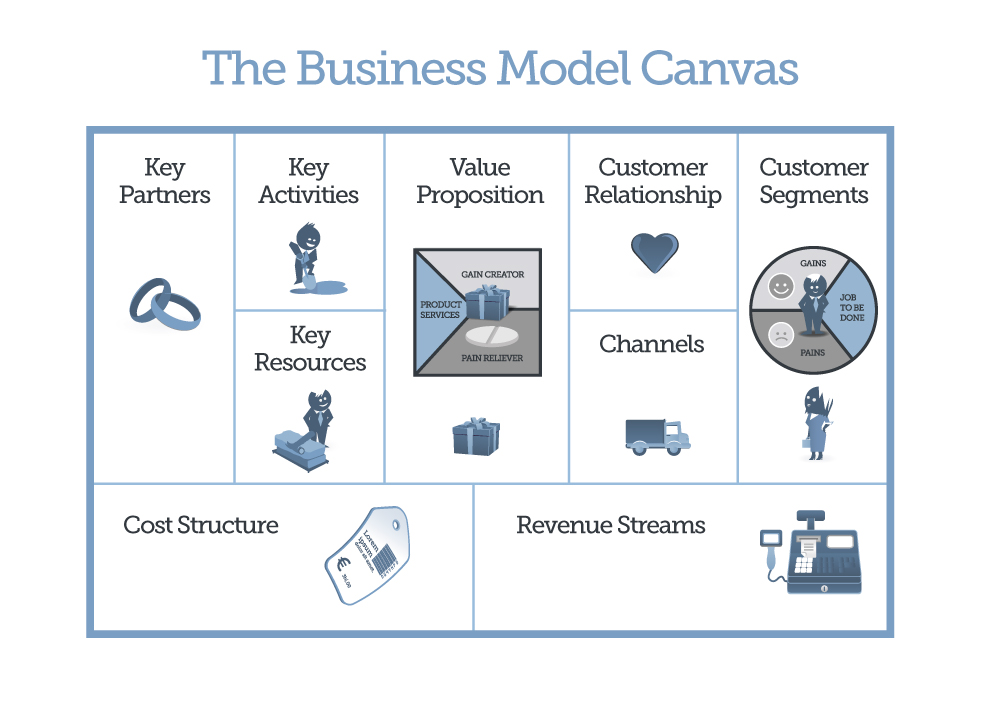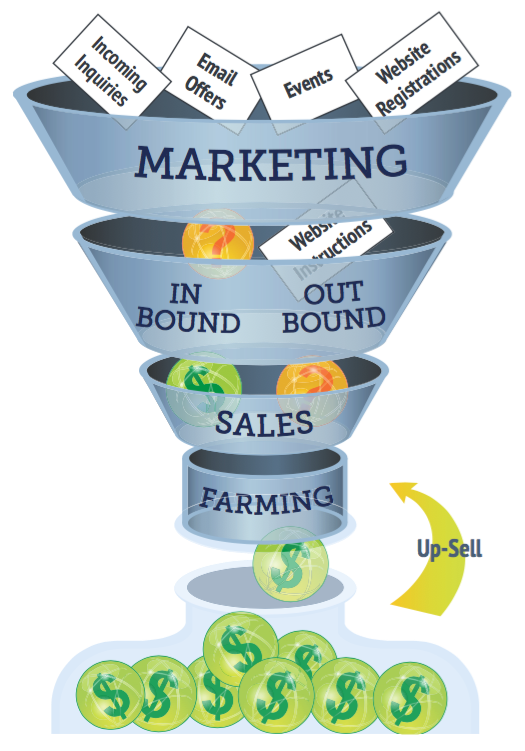Revenue Generation: Facilitating the Buyers’ Journey – Part 4
 Download this series of posts as an ebook.
Download this series of posts as an ebook.
Companies lie or at least they promise way more than they can deliver. Do you trust advertisements? Do you believe what companies say about themselves and their products/services?
I don’t, you don’t and your potential customers don’t.
In an era where the price of communication has dropped the volume of propaganda has increased correspondingly. Our customers are more careful than ever when they venture to find solutions for their needs, challenges and opportunities.
At the same time our industry is constantly developing improvements and inventing completely new value propositions that our customers can benefit greatly from if they only knew about them.
Read part 1
Read part 2
Read part 3
Read part 5
The revenue generation organization
Running the revenue generation process in sync with the buyer’s journey requires the cooperation of what we traditionally call business development, marketing and sales. Over the last few years a couple of new roles have been added to the revenue generation organization, so let me provide a few definitions before we move on.
Business development
 Business development is the discipline of finding a match between our value proposition and a well-defined segment in the market. Business development can make changes to both the value proposition and the definitions of the segments. You cannot scale anything in the revenue generation office before the business development people have done their jobs. When they have identified and verified a match then it is time to scale the revenue generation operation.
Business development is the discipline of finding a match between our value proposition and a well-defined segment in the market. Business development can make changes to both the value proposition and the definitions of the segments. You cannot scale anything in the revenue generation office before the business development people have done their jobs. When they have identified and verified a match then it is time to scale the revenue generation operation.
The following functions cannot change the value proposition or the segment definitions. If something fundamental doesn’t work or if you for other reasons need to change your value proposition or your target market segment definition, then business development must be reactivated [1].
Marketing
B2B marketing basically has two main functions:
- Generate inbound leads
- Provide contextual tools that improve the productivity of sales development, sales and customer success
Sales development
 Sales development is the discipline of activating and developing (including qualifying) leads.
Sales development is the discipline of activating and developing (including qualifying) leads.
Inbound sales development
Inbound sales development takes care of all the leads generated by the marketing people.
Outbound sales development
Outbound sales development reaches out to potential customers with the objective of starting and accelerating the first five stages of the buying process
Sales
Sales is the discipline of facilitating the last mile of the buying process (win and make) and converting potential customers to real customers.
Account management or customer success (farming)
Account management or customer success is the discipline of working with your current customers to maximize the value they can achieve through their relationship with you and thus maximizing the customer lifetime value. Their job is to keep and grow customers.
The revenue generation process
If customers are traveling on a buyers’ journey then what do you, as a vendor, have to do to follow or even accelerate the journey? How do you design a process that engages with the customer where she is in the buying process and help her move forward?
I will call this process “the revenue generation process” and assign the following steps that corresponds with the buyers’ journey.
 It’s the process first and the people next
It’s the process first and the people next
I cannot emphasize the word “process” often enough. If your ambition is to scale your revenue generation so that you grow faster than your market and faster than your competitors, then you must take a “process” approach to the endeavor. Finding people that can “figure it out” or leaving it to “resellers” to figure it out will not scale. Period.
You must find a process that can be operated by normal people. You must create an environment where normal people are empowered and feel motivated to make extraordinary results.
If you are not happy with the outcome of your revenue generation efforts look at the processes first before looking at the people.
In the next post I will briefly review each step in the revenue generation process.
To be continued
[1] In smaller companies this may initially be the same people, but they must understand that these jobs are fundamentally different. Companies that remain small apparently haven’t found the match yet.
–ooOoo–
 You may also be interested in reading the whitepaper “Social Selling without Situational and Contextual Content is like Partying with Robots”
You may also be interested in reading the whitepaper “Social Selling without Situational and Contextual Content is like Partying with Robots”
The whitepaper defines the three types of content and explains how you decide when to provide your potential customers which each type. It then introduces the concept of marketing and sales as the facilitation of the buyer’s journey and explains that the nature of your business model determines to which degree you can take advantage of social media.
The whitepaper recommends how to build the basic foundation for using social media for sales purposes and concludes that it must be an integrated and managed part of your marketing mix and should not be left entirely to the individual sales person’s own initiative.








